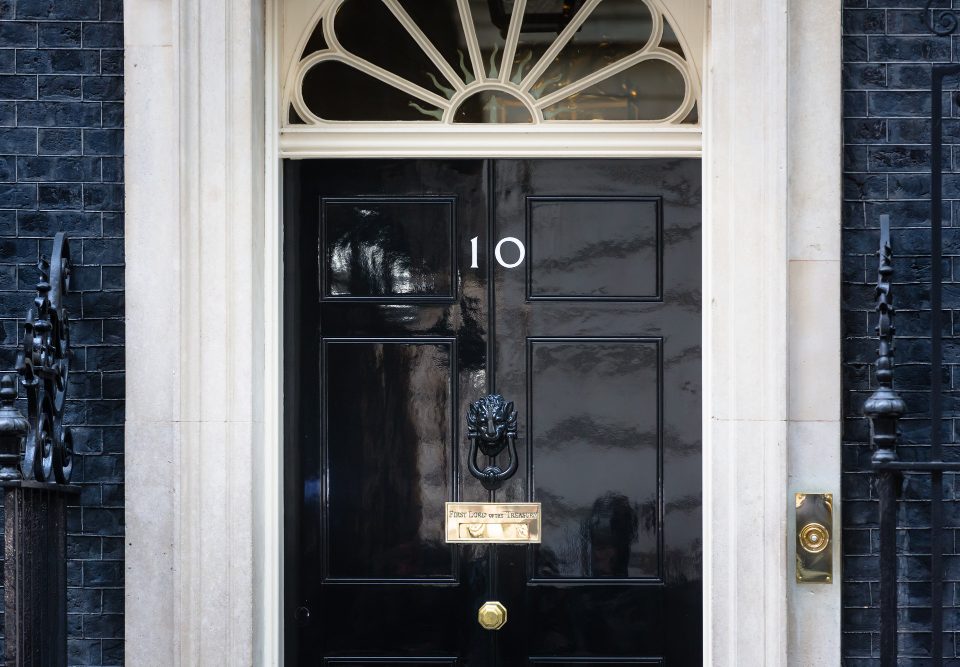What is Emergency Tax?
Emergency tax is something that plenty of construction workers and tradespeople are placed on at one point or another. In a nutshell, it’s a temporary tax status applied to workers until the taxman figures out the specific tax code you should be working under.
Why might I be placed on emergency tax?
The word ‘emergency’ makes it sound a bit drastic, but it’s easily sorted. HMRC put employees on emergency tax because they don’t have enough information about you – like a P45 from your old employer – to work out how much tax should be taken from your pay cheque. Until the taxman gets hold of these details, you’ll be kept on emergency tax.
There are a few reasons why you might be given an emergency tax code:
- You’re starting a new job and haven’t got your P45 from your old employer
- You’re starting your very first job
- You’re being paid as an employee (PAYE) after being self-employed
- You get company benefits (like a van or car)
- You receive the state pension
How much is emergency tax?
The amount you’re taxed varies depending on the emergency tax code you’re on, but the gist of it is that you’ll pay at least, or sometimes even more than, the basic UK tax rate (20%) on your wages.
We’ll take a quick look at the different emergency tax codes now:
1250 emergency tax code
This emergency tax code takes the tax free personal allowance into account, so tax will only apply when you’ve earned more than £12,500 that tax year. This is how most employees are taxed, but there is a difference. The 1250 emergency tax code doesn’t factor in any time spent when you weren’t working – a period when you might have accumulated a backlog of tax free allowance. The cut and thrust of this means that you might be taxed more.
BR emergency tax code
BR stands for ‘basic rate’, pointing towards the fact that all your income from employment will be taxed at the basic rate (20%). While this might sound fine on the face of it, a BR tax code doesn’t work in your tax free personal allowance (£12,500). This means you’re taxed on every penny you earn, rather than from £12,500 and upwards. As a result, you pay more tax.
OT emergency tax code
If you earn more than the basic tax rate band (£50,000) and your employer doesn’t have your tax information to hand, you might find yourself on an OT emergency tax code. It’s similar to a BR tax code in that tax free personal allowance is overlooked, but you’ll be paying tax at the higher rate (40%) or additional rate (45%).
How do I know if I’m paying emergency tax?
Annoyingly, it can come as a surprise, when you first get paid by a new employer. So it’s worth getting in touch with your boss or the HR department to find out your tax code well before payday. Otherwise, you can tell that you’re on emergency tax by looking at your payslip. Usually, next to your national insurance number you’ll find your tax code and some of the emergency codes are as follows:
- 1250 W1
- 1250 M1
- BR
- OT
How do I get my tax code changed?
Make sure your boss gets your P45 from your old employer (if this is why you’ve been put on emergency tax). The company you’re working for will be able to change your tax code, so you start paying the right amount of tax.
If this isn’t the reason why you’ve been placed on emergency tax, it’s best to get in touch with HMRC. The taxman will be able to update your employer with a revised tax code. Phone 0300 200 3300 or head to the government website.
Can I get an emergency tax rebate?
Of course, don’t worry. Emergency tax means quite a few people are taxed a lot more than their earnings deserve, so claiming a tax rebate is pretty straightforward. With Brian Alfred’s help, this can be sorted. All you need to do is answer a couple of straightforward questions and we’ll take care of the rest.










